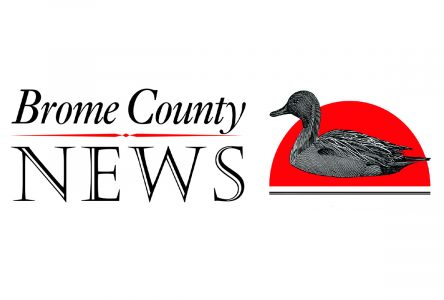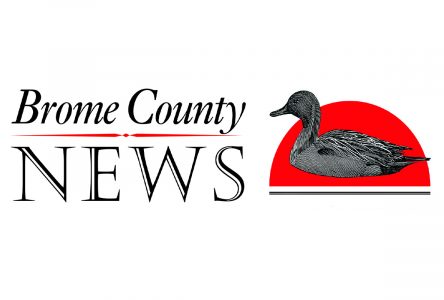The Sutton School of Art, a bilingual non-profit organization that provides a learning experience focused on the arts, started by Annemarie Lavigne, found its beginnings in a small garage. Lavigne, who is trained as an art historian, founded the art school with the goal to empower children, to provide them with knowledge to think critically about the world, and to invite them into conversations about society through practicing art. In collaboration with local artists and parents, children are engaged with meaningful activities that promote curiosity and selfdiscovery. Now located in the old Sutton creamery, Lavigne is developing a space that will allow her to pursue her mandate and develop the Sutton School of Art to its full potential.
“This place calls for love, action, and vision, so it’s really a passionate story. It keeps us busy. It’s like 20,000 square feet of an old factory,” said Lavigne.
When she started the art school from a small garage after moving to Sutton around five years ago, she had an overwhelming response from the community. “One thing about the countryside is that the community is helpful, strong, and people are generous. You want to give back and be a part of it. That was a big surprise for me.”
She purchased the old factory, which was historically run as a creamery, in 2019 after a friend suggested she look at the space. “When I went in, I did the tour of the space, it was really dirty and full of stuff, clearly not in use. But you know when you know that you’re going to get married? I did a tour and that was it.”
Lavigne said it was the perfect space for her to carry out the mandate of the Sutton School of Art. “Those big spaces were perfect to work on a gallery to put children’s work and to give children’s artwork a place that is as exceptional as we give adults. I believe in their drawings, paintings and sculptures, their understanding of the world, and the fact that we also need to integrate and invite them into the conversations about our society. This space allows us to develop this idea to its full potential.”
The Sutton School of Art collaborates with local artists who help guide children in expressing their ideas and that encourage their questions about the world through an artistic outlet. “We are inviting artists who are parents, or friends as well, to come and teach our children because we want these children to be in contact with this knowledge that is not exactly taught in public schools,” explained Lavigne. “We want to be complementary to the public system and be there for children, parents, and families when regular school is closed. We have activities that are meaningful and inspiring, that nurture curiosity, openness, and that encourage children to be sensitive to beauty.”
She added that children’s wealth is not explored enough and that their work and ideas need to be valued. “They have ideas, they have solutions and they are beings that are in the present moment that should be more of a part of the solutions for our society right now.”
The art school isn’t necessarily linked to the fine arts and it is inspired by the Bauhaus Movement. “It’s the idea that everything can be art. It depends on your perspective, how you approach things, and how you are conscious about what you are doing. Food or plants, wood, metal, and textile, are all very important at the art school.”
Freedom of expression is a core part of the art school as it empowers not only the children involved, but the artists as well. “There is an abundance of material and space so we are not limited. We want to give this freedom of expression and not follow a path or obey to rules. It’s more questioning the rules, revisiting the stories, and asking questions. Having adults who are artists, they are very important citizens in our community. My job is to make sure those artists have a place to value their work and to involve them in our community.”
With the updated space, Lavigne organizes art camp during the summers, as well as public art exhibitions on the weekends, music in the fall, and a book fair during the winter.
The property includes the factory itself, as well as other small sheds and a garage, and the space will evolve over time depending on the needs and the ideas of those involved. “The place where we first started art camp is now a dining space because we had a huge table that was donated to us. It changes depending on the forces and we need to keep evolving.”

